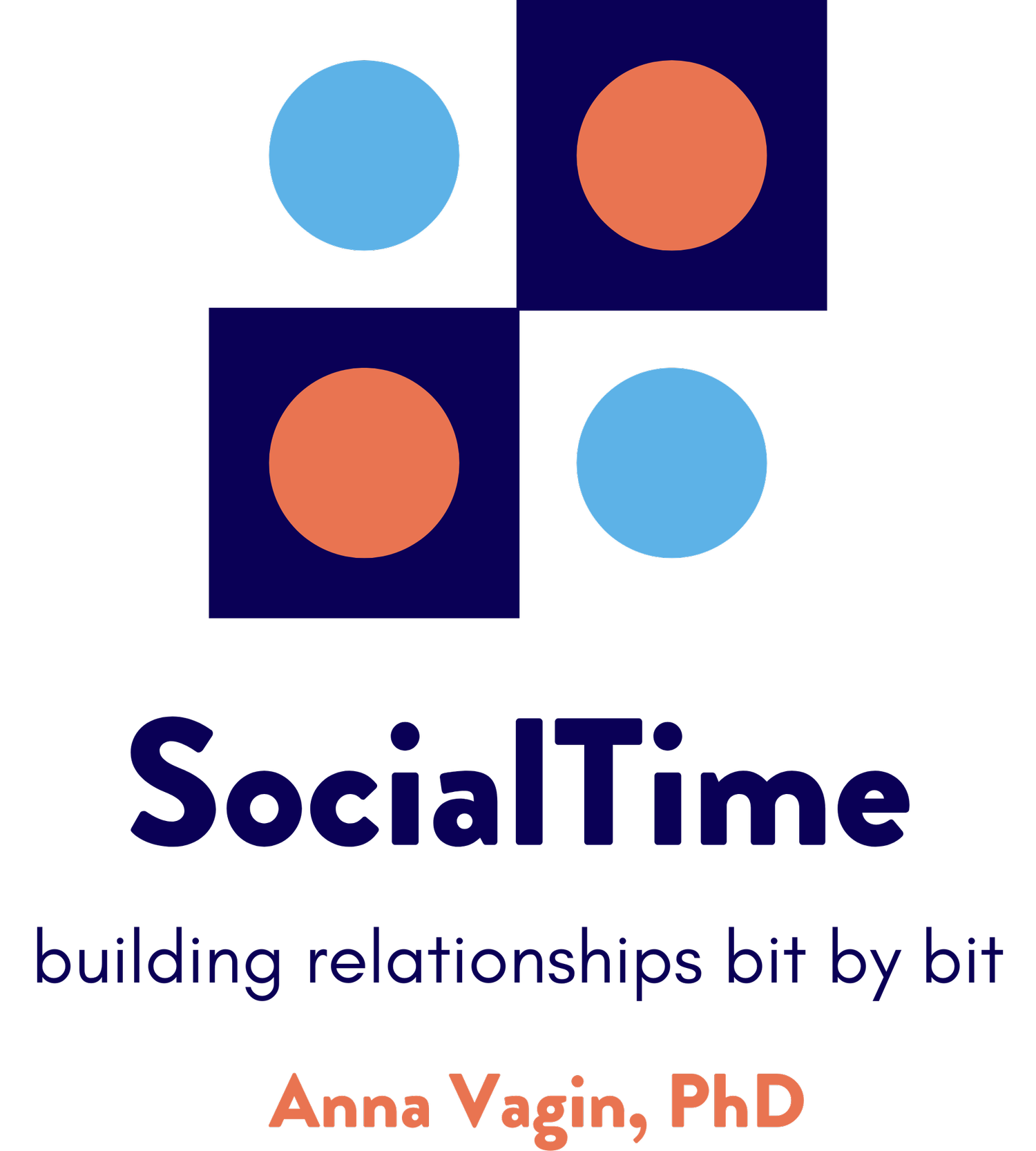Social explanations = complex language.
I decided to climb up the clock tower in Dinan (Brittany), but my husband is afraid of heights, so he thought he would stay in the plaza and we could take pictures of each other from two very different vantage points!
I have found that, it’s very hard to talk about anything social without complex language.
People have feelings BECAUSE other people do things. We make decisions SO others will react in ways we desire. You just can’t communicate complex social information, or describe complex social interactions without complex language. It can’t be done with (just) simple sentences. Nope.
A bit back, I talked about some of my work with Eleanor, 7th grade, and reviewed some screen shots of our work with CPPEV. This time, I want to focus on complex language.
One thing I noticed in Eleanor’s writing (and their limited verbal language) is that they rarely use complex sentences. This was confirmed by their English teacher, who commented “E’s writing lacks complexity and detail, often just piecing short, simple sentences together one after the other.” Hmmmm. 🤔
Eleanor has a complicated diagnostic history, with Autism and ADHD added to their Anxiety/Situational Mutism. I thought I would explore their use of complex language – a linguistic skill that makes understanding the social world, having conversations, as well as explaining the complexities of life, easier.
With students who have complicated diagnostic pictures, find verbal interaction challenging, and often use written language to communicate, it’s easy to see how working on complex language can take a bit of a back seat. To take the pressure off the verbal part of communication and to provide strong visual materials, Eleanor and I watched Maca & Roni: Roni Can Take the Spiciness, by Kyungmin Woo. Let’s look at some screenshots from our session:
In this first freezeframe, I added the text “The robot is broken so”… and asked Eleanor to finish the sentence, which she did: The robot is broken so it needs to be fixed. My conjunction “so” provided a bridge to complex language.
I added Eleanor’s complex language to my screen. We then discussed the thoughts and feelings of the two characters on the left. We worked together constructing the rest of the text. I added the arrows cuing attention to the emotions – lots of perspective taking got included as we worked through this! Without complex language, it’s hard to create narrative that incorporates emotional reactions.
Finally, we spent some time composing narrative and thought bubbles (more perspective taking!) Due to confidentiality, you can’t see the best part of this session – the smiles on Eleanor’s face. 🥰
So many of our older students have been in therapy for a LONG time, and have seen a vast array of materials. Often, they are bored when we show them a material or program that they feel they have “already done.” I find that animated videos are a therapy material that consistently gets students to “sit up and take notice.” And smile.
Need some great animations to get you and your students through winter weather doldrums? There’s lots on my resource page available for FREE.





